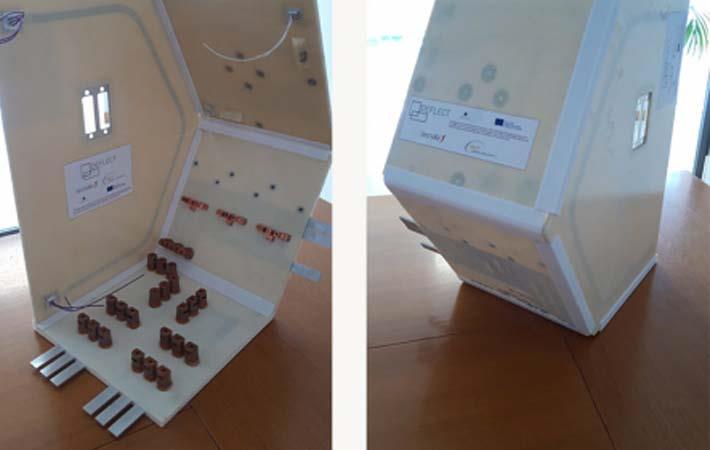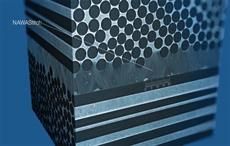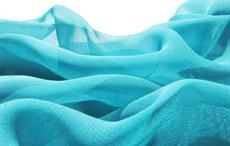Deflect project, a part of European research programme Clean Sky, has developed four multifunctional integrable fire-proof panels for greener aircraft. These can be used for building aircraft electrical cabinets for power distribution. These will contribute to Clean Sky 2’s environmental objectives by reducing weight, volume, and integrating functions.
Clean Sky is the largest European research programme developing innovative, cutting-edge technology aimed at reducing CO2, gas emissions and noise levels produced by aircraft. Funded by the EU’s Horizon 2020 programme, Clean Sky contributes to strengthening European aero-industry collaboration, global leadership and competitiveness.Deflect project, a part of European research programme Clean Sky, has developed four multifunctional integrable fire-proof panels for greener aircraft. These can be used for building aircraft electrical cabinets for power distribution. These will contribute to Clean Sky 2's environmental objectives by reducing weight, volume, and integrating functions.#
Deflect project was aimed at developing a material or structure that would enable efficient integration of mechanical and electrical elements such as connectors, wires and busbars into the structure of composite laminates. Using a simple process, the project developed four multifunctional fire-proof panels, which can be used for building aircraft electrical cabinets for power distribution.
Two different alternatives with high embedding capabilities have been developed - a light, cost-effective and fire-proof laminate with high embedding capability (for embedding electric wires, fibre optics, electrical connectors and inserts); and a one-shot sandwich panel with reinforced skins specific for the embedment of busbars.
These panels contribute to Clean Sky 2’s environmental objectives because they reduce weight and volume, and integrate functions. Multifunctional structures allow aircraft manufacturers to make important mass savings – the panels will result in an overall mass saving of between 5 and 10 per cent, in addition to reducing assembly costs and achieving a 10 per cent saving in volume.
If one only examines the weight of the panels, it will be found that these new solutions are not lighter than current state-of-the-art Nomex panel. However, they are more resistant and much more damage tolerant than Nomex panels. They also have very high embedding ability. Therefore, considering the mass of additional elements required in the traditional solution such as attachments, screws, etc, the approaches developed in Deflect are very competitive.
Some challenges for the Deflect project included optimising manufacturing parameters to ensure that the initiative was in line with REACH and fire regulations.
The next step in the Deflect project is development and complete validation of a functional prototype. The consortium partners are currently investigating the possibility of patenting the outcomes of the project.
The project consisted of Tecnalia and IRT Saint Exupery with Safran Electrical and Power as the Topic Manager. The overall EU budget was €599 600.
Fibre2Fashion News Desk (SV)


